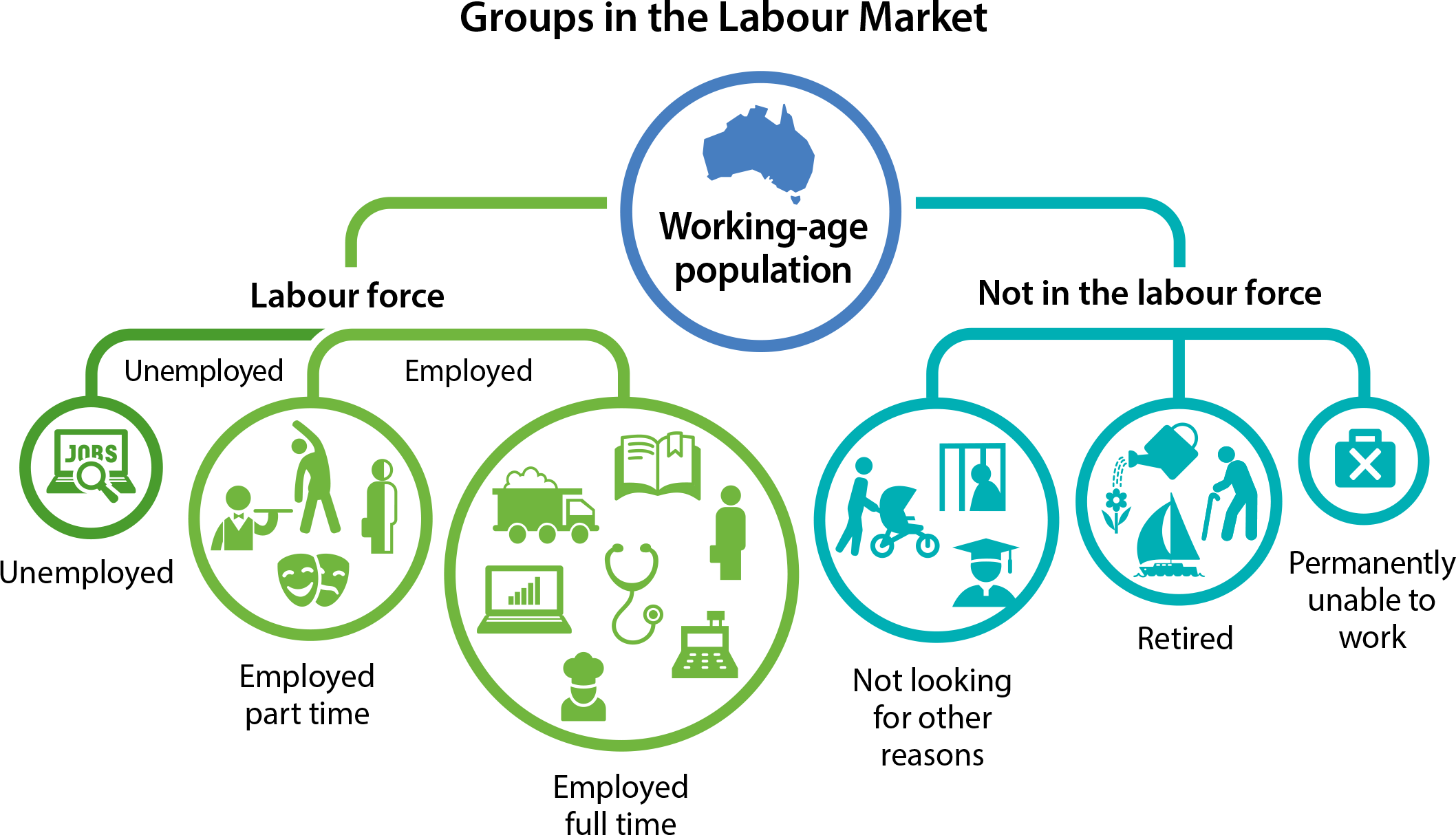Workforce Australia Provider Performance Dashboard – March 2025
🧭 Workforce Australia Provider Performance Dashboard – March 2025
description: A data-driven look at the March 2025 Workforce Australia Services performance ratings—who’s excelling, who’s lagging, and what it means for job seekers and policymakers.
Australia’s Department of Employment and Workplace Relations (DEWR) has released the March 2025 Workforce Australia Services Provider Performance Ratings.
The dataset scores every licence holder across all employment regions on a three-tier scale—HIGH, MOD (moderate) and LOW. Below is a concise breakdown and what it means on the ground.
📊 Snapshot: How Providers Fared
| Rating | # of region-level licences | Share of total |
|---|---|---|
| HIGH | 15 | 8.5 % |
| MOD | 124 | 70.5 % |
| LOW | 37 | 21.0 % |
Total region-licence rows analysed: 176.
Below is an embedded Power BI dashboard to explore detailed results by region, provider and specialisation:
Key take-away: Fewer than one in ten licences earned a HIGH rating, while over one-fifth sat in the LOW bracket—underscoring big performance gaps just nine months into the new contract year.
🏆 Stand-out High Performers
Providers with multiple HIGH ratings across different employment regions:
| Provider | # HIGH regions |
|---|---|
| APM Employment Services | 5 |
| TURSA | 2 |
| WES.jobs | 2 |
| Jobfind | 2 |
| WISE Employment, Joblink Plus, Sureway, AMES Australia | 1 each |
APM is the clear front-runner, notching HIGH ratings in five separate metro regions.
🌍 State-by-State Highlights
| State | HIGH % | LOW % | MOD % |
|---|---|---|---|
| NSW | 13.0 | 21.7 | 65.2 |
| QLD | 8.9 | 24.4 | 66.7 |
| VIC | 9.5 | 19.0 | 71.4 |
| SA | 6.2 | 18.8 | 75.0 |
| WA | 0.0 | 21.4 | 78.6 |
| NT | 0.0 | 66.7 | 33.3 |
| TAS | 0.0 | 0.0 | 100.0 |
| NSW & ACT (combined licence) | 0.0 | 0.0 | 100.0 |
Observations
- NSW boasts both the highest raw number and proportion of HIGH licences.
- NT shows serious concerns—two-thirds of licences were rated LOW.
- TAS and the combined NSW&ACT licence pool recorded no HIGH or LOW outliers, sitting squarely at MOD.
🔍 What the Ratings Tell Us
- Quality dispersion is widening. A relatively small elite tier contrasts with a persistent tail of low performers—job seekers’ experience can vary dramatically by region and provider.
- Geography matters. Structural labour-market challenges in NT and parts of WA may be hampering provider outcomes; targeted support or licence restructuring could be warranted.
- Provider scale is not destiny. APM’s strong showing indicates some nationals can deliver consistent excellence, but smaller region-specialists like TURSA can also punch above their weight.
🚦 Implications for Stakeholders
| Stakeholder | Why it matters | Action prompt |
|---|---|---|
| Job seekers | Ratings signal service quality in your region. | Use HIGH scorers as a benchmark when choosing or switching providers. |
| Employers | Strong providers can streamline recruitment and retention. | Partner with HIGH performers to tap well-matched candidates. |
| Policy makers | Funding risk-shares hinge on performance. | Consider outcome-based top-ups for HIGH licences and remediation plans for LOW ones. |
| Providers | Ratings drive reputation and future business share. | Deep-dive into regional data, replicate best-practice sites, and triage underperforming teams. |
🛣️ The Road Ahead
With only 8.5 % of licences classed as HIGH, DEWR’s performance framework continues to reveal a “long-tail” challenge. Strengthening data-driven contract management, fostering peer learning between top and bottom quintiles, and addressing geographic inequities will be critical to move more providers, and therefore more job seekers, into the high-performance bracket.
📚 References
Workforce Australia Provider Performance Dashboard – March 2025





